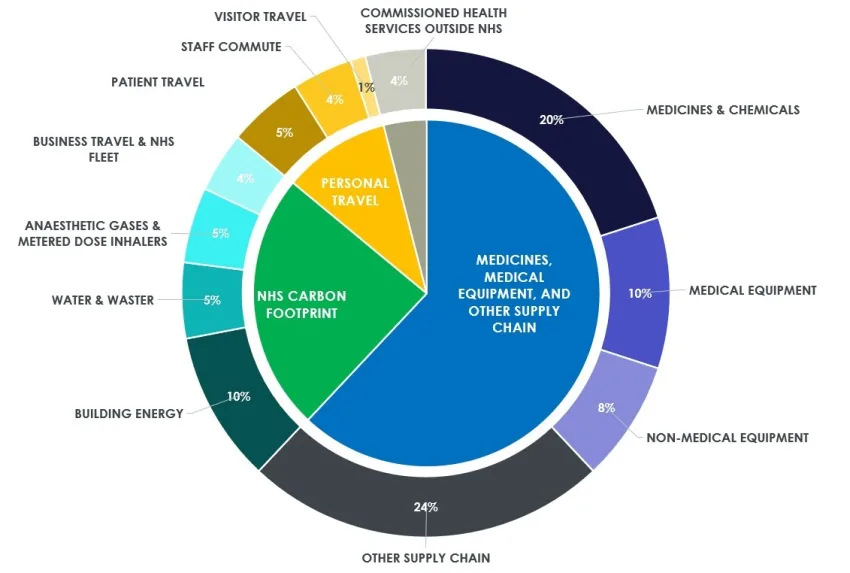The healthcare industry plays a vital role in promoting well-being and saving lives. However, it is important to acknowledge that the sector also has an environmental impact. In fact, the U.S. health sector is responsible for approximately 10% of annual emissions, highlighting the need for sustainability initiatives.
Healthcare organizations face unique challenges when it comes to managing and controlling their environmental impacts. Legacy infrastructure and complex supply chains can limit their ability to generate data on and effectively address these concerns. However, by implementing sustainable data management strategies, healthcare providers can make significant strides in reducing their carbon footprint and promoting environmental stewardship.
At SnapLogic, we recognize the significance of reducing the environmental footprint of healthcare operations. Through innovative data management practices, we aim to create a greener supply chain while meeting the ever-increasing demand for data and algorithms. In this blog, we will explore our approach to sustainability in healthcare data management and the architecture principles that guide our efforts.

7 architecture principles for sustainable data management
SnapLogic has developed seven architecture principles that serve as the cornerstone of our sustainable data management approach. These principles provide guidance on how we handle data storage, utilization, and technology application, all with the aim of building a greener supply chain. Let’s delve into each of these principles:
1. Implement information lifecycle management (ILM)
Actively managing the classification and retention of information empowers healthcare organizations to optimize data storage and reduce unnecessary resource consumption.
2. Optimize cloud storage solutions
Adopting suitable cloud storage solutions based on ILM policies and usage patterns allows healthcare providers to optimize data storage, minimize energy usage, and decrease their overall environmental impact.
3. Utilize efficient database technologies
Leveraging database technologies that align with specific computing tasks enables healthcare organizations to optimize compute time and performance, leading to reduced energy consumption.
4. Minimize redundant data storage
By implementing data architecture patterns that minimize redundant data storage and promote just-in-time transformations, healthcare organizations can conserve storage resources and minimize energy requirements for data management.
5. Reduce data movement
Embracing data architectures that minimize data movement helps minimize energy consumption associated with data transfers and replication, resulting in a more sustainable data management approach.
6. Leverage purpose-built data technologies
Taking advantage of purpose-built data technologies like Snowflake and AWS empowers healthcare organizations to avoid redundant data copies, fostering efficient data management and reducing energy consumption.
7. Embrace green machine learning
Adopting the emerging discipline of “green” machine learning, which optimizes energy consumption through multi-information source optimization, enables healthcare providers to drive machine learning initiatives with a reduced environmental impact.

Multiple benefits and a broad impact
Implementing these architecture principles for sustainable data management in healthcare yields numerous benefits. Healthcare organizations can significantly reduce their environmental footprint, contribute to the global sustainability agenda, and enhance their reputation as environmentally responsible institutions. Additionally, optimizing data management practices leads to improved operational efficiency, cost savings, and better resource allocation.
By adhering to these principles, healthcare organizations can pave the way for a more sustainable and responsible future, where data management aligns with environmental preservation and operational excellence.
As the healthcare industry aims to deliver high-quality care while minimizing its environmental impact, sustainable data management practices offer a promising solution. By adopting the architecture principles outlined above, healthcare organizations can reduce energy consumption, optimize resource utilization, and build a greener supply chain. Embracing sustainability in healthcare data management is not only an ethical responsibility but also an opportunity to create a more resilient and sustainable healthcare system for future generations. Together, we can pave the way for a healthier and greener future.











